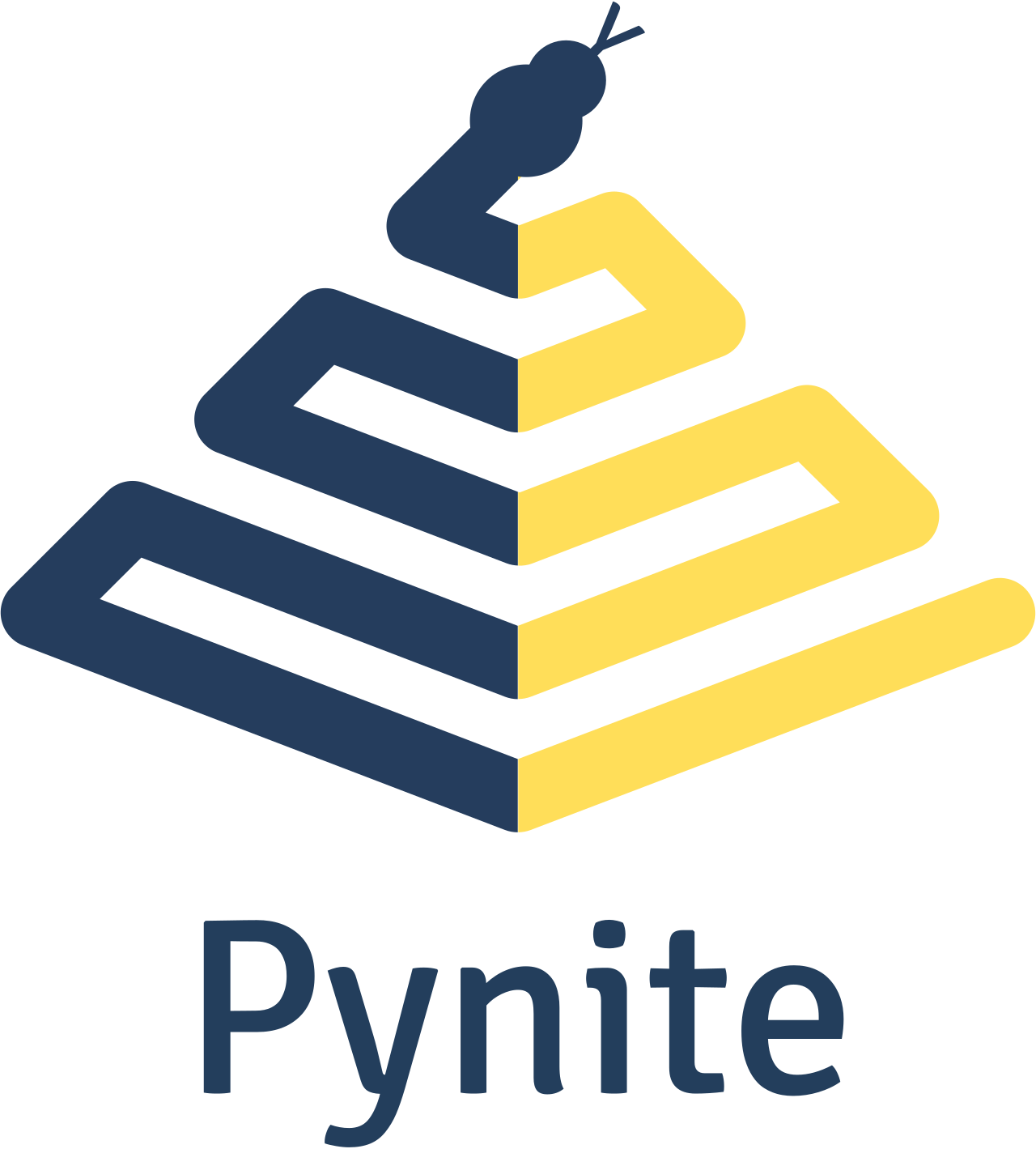#049 - Pynite 01: Introduction to Finite Element Modeling in Python
Pynite is a powerful Python library designed for finite element analysis (FEA).
This article is a high-level introduction to Pynite and its capabilities. It is the first in a series on Pynite intended to capture its flexibility and practicality.
Pynite is one of my favourite structural tools. It is particularly suitable for engineers who are already familiar with Python or those looking to incorporate Finite Element Analysis into th…
Keep reading with a 7-day free trial
Subscribe to Flocode: Engineering Insights 🌊 to keep reading this post and get 7 days of free access to the full post archives.



